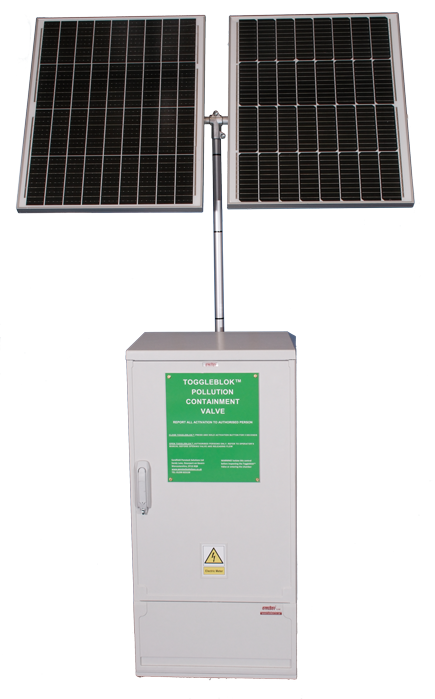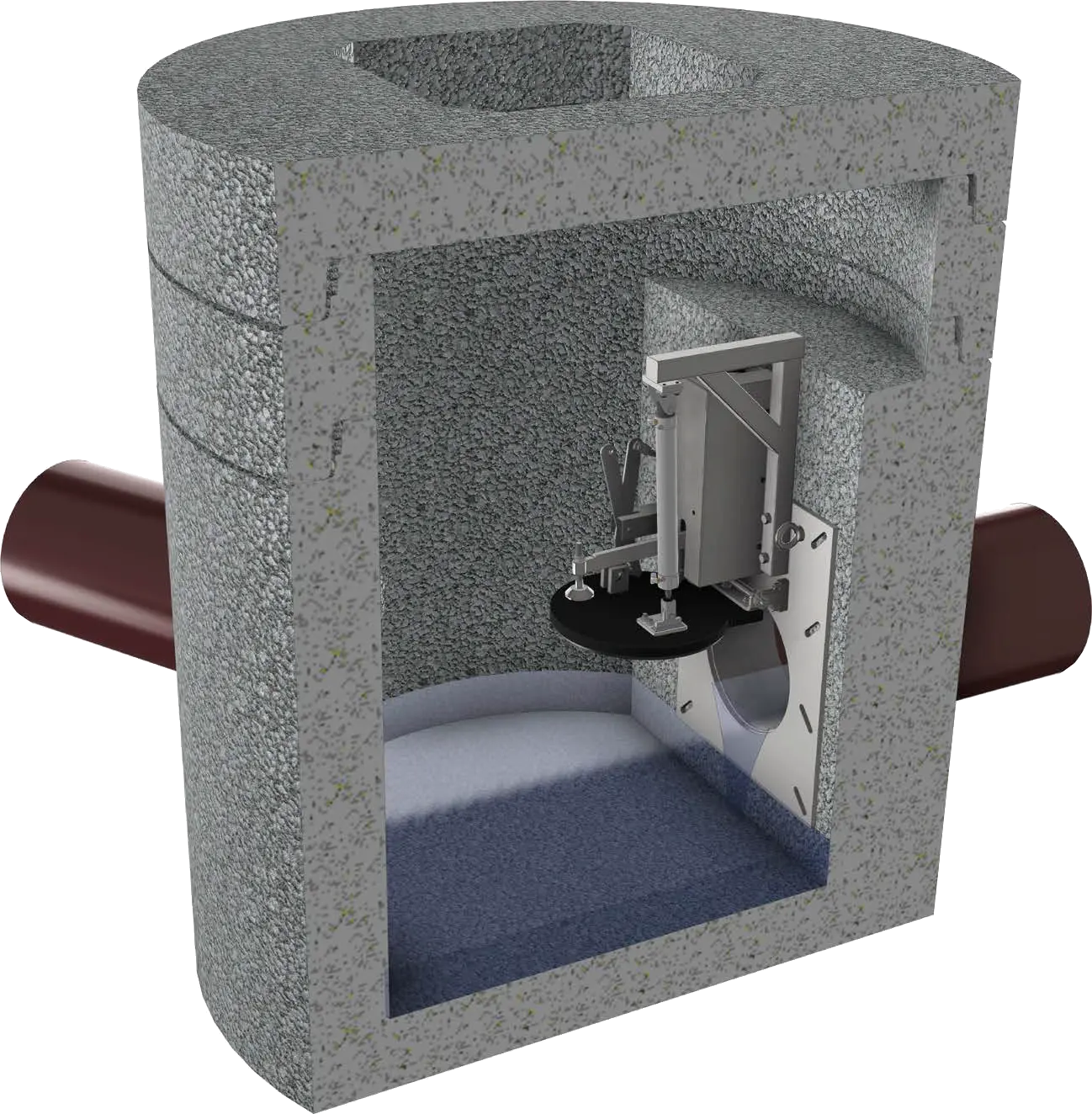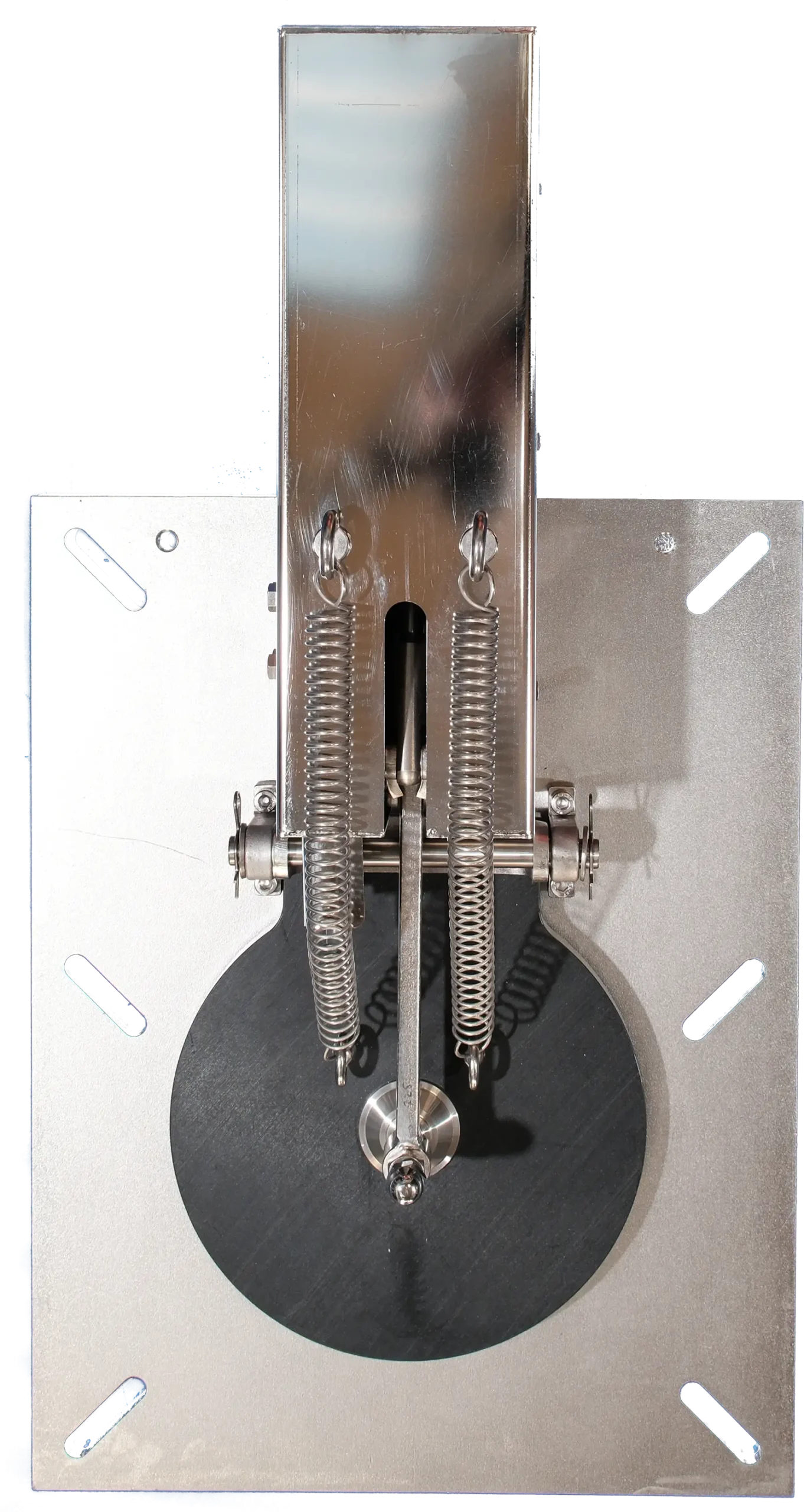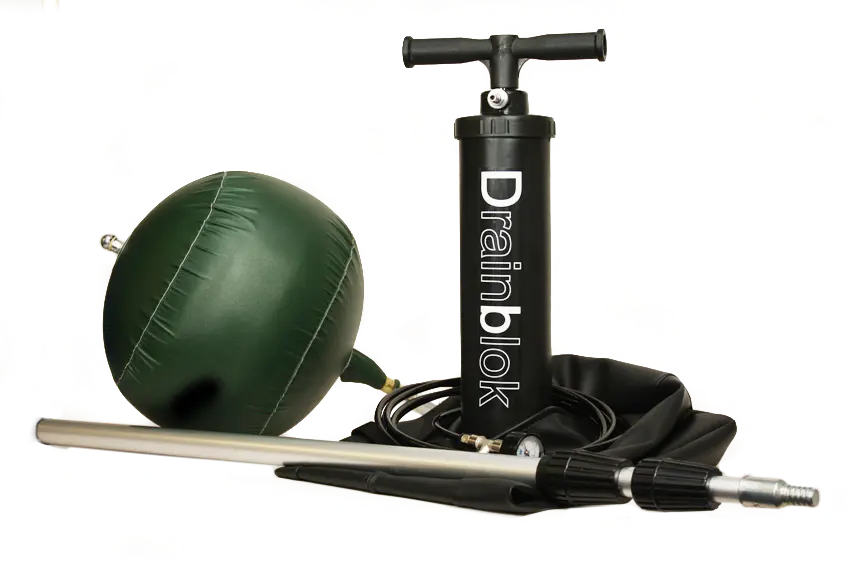Creating Reliable Pollution Containment
At Sandfield Penstock Solutions, we provide comprehensive drainage assessments and maintenance services to help you understand how your existing drainage system is designed to function and to help ensure that it operates when you need it to.
Understanding the flow of liquids from your site is the key to developing effective pollution containment systems. By viewing your drainage system as the primary pathway for potential pollutants, we can help you identify opportunities to contain harmful materials before they reach the environment.
We help produce precise and clear drainage documentation, including 3D drainage plans, to help you mitigate and in the worst-case scenario, defend a pollution release.
Why Conduct a Drainage System Assessment?
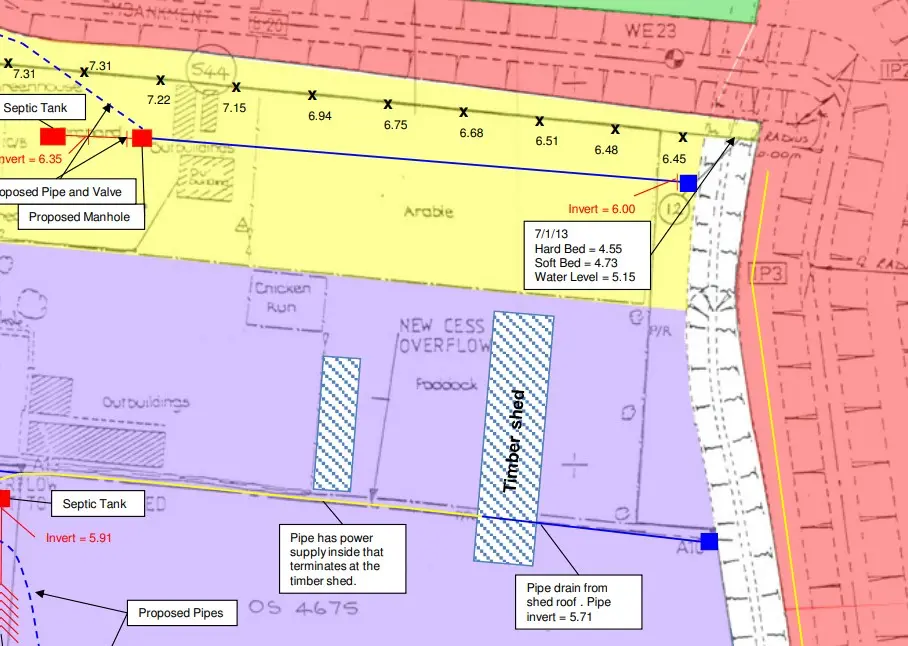
A drainage assessment provides critical insights to ensure your drainage networks provide sufficient protection during a pollution event or to support your defence in the aftermath of a pollution release. A well-maintained drainage system is the foundation of pollution containment, designed to remove or contain liquid and pollutants in emergencies, such as spills, fires, or floods.
Common issues identified during a drainage system assessment can include:
- Misconnections - Incorrectly directing foul or polluted water into surface water pathways.
- Benching Failures - Erosion of manhole chamber structures leading to groundwater contamination.
- Damaged Pipes - Leaks in underground pipes that reduce containment reliability.
- Equipment Failures - Oil separators not maintained or alarmed, leading to silt buildup.
- Unclear Runoff Pathways: Lack of knowledge about drainage pathways' final destinations.
Are you in need of a Drainage System Assessment?
Also available:
How Does Our Drainage Investigation Service Work?
An effective drainage system is the cornerstone of pollution prevention, but its effectiveness depends on a thorough understanding of how it operates coupled with proactive maintenance. At Sandfield Penstock Solutions, our drainage investigation service is designed to provide a complete picture of your site’s drainage network. We take the time to map pathways, review assets and identify opportunities for improvement.
Our step-by-step approach helps prevent pollution incidents and ensures that your system adheres to regulatory standards by:
Understanding Your Drainage Pathways
- Surface Water - Directing rainwater offsite while preventing pollution incidents.
- Foul Water - Managing dirty or processed water under consent from utilities.
- Combined Water - Handling surface and foul water in areas where separate systems aren’t feasible.
- Above-Ground Pathways - Managing runoff directly to permeable ground or ditches, which poses higher risks
Conducting a Drainage Asset Assessment
- Pollution containment devices
- Oil separators
- Flow control systems
- Catch pits
- Siphonic drainage
- Attenuation ponds and soakaways
Providing Recommendations for Improvement
Our drainage assessments and maintenance services have helped countless clients avoid costly repairs and environmental penalties. If water pollution prevention and spill containment are priorities for your business, contact us today on 01299 823158 or contact us. Our team are on-hand to provide guidance and solutions tailored to your needs.

